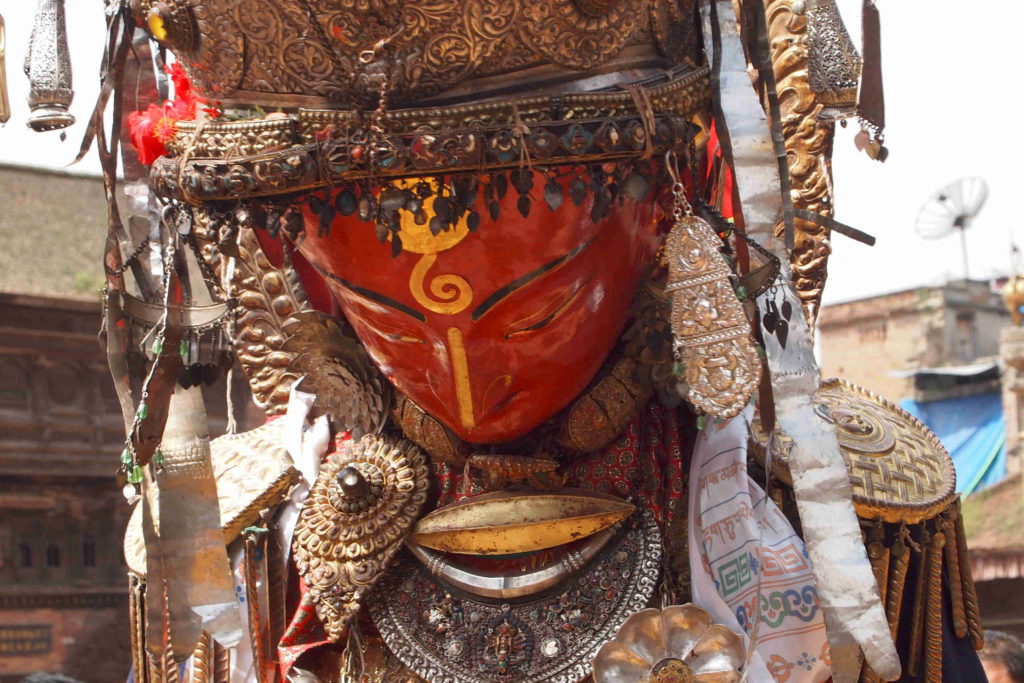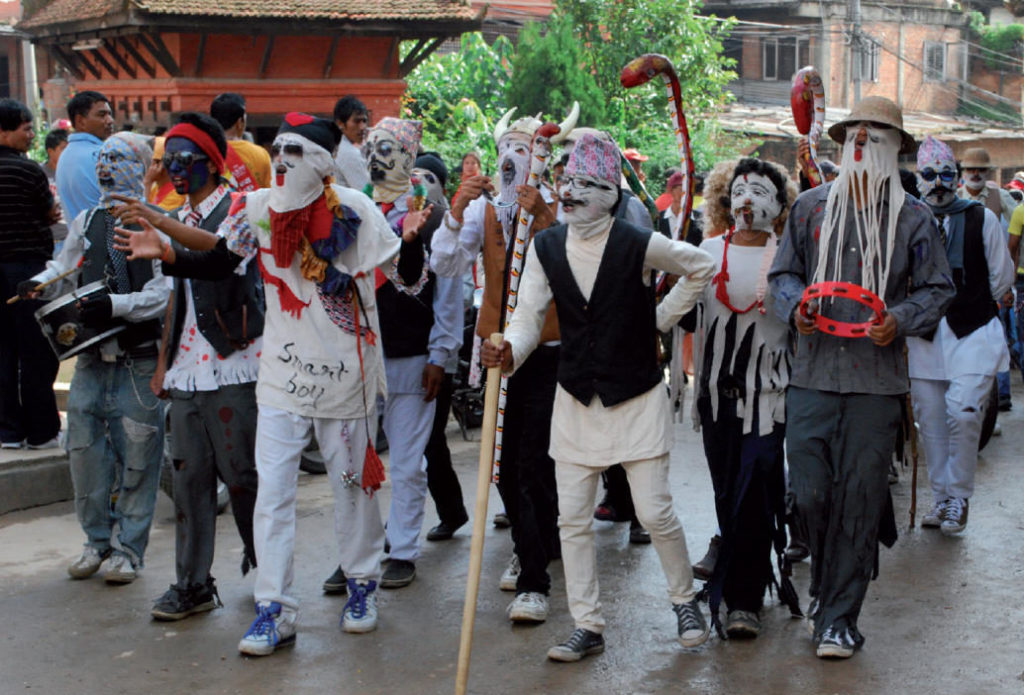Frédéric Moronval. 2017. Vitalités linguistique et religieuse chez les Néwar bouddhistes de la vallée de Kathmandu. Thèse de doctorat en Sciences du langage – linguistique, Normandie Université. Français. NNT: 2017NORMR055. <tel-01697607> [PDF]
From the English abstract: Newari, the indigenous language of the Kathmandu valley, is considered by the UNESCO as an endangered language, […] why and to which extent both the mother tongue and Buddhism are decreasing among Newars, and what, if any, is the causal relationship linking the evolution of these two cultural features. […] Continue reading “Moronval (2017), Vitalités chez les Néwar bouddhistes”



